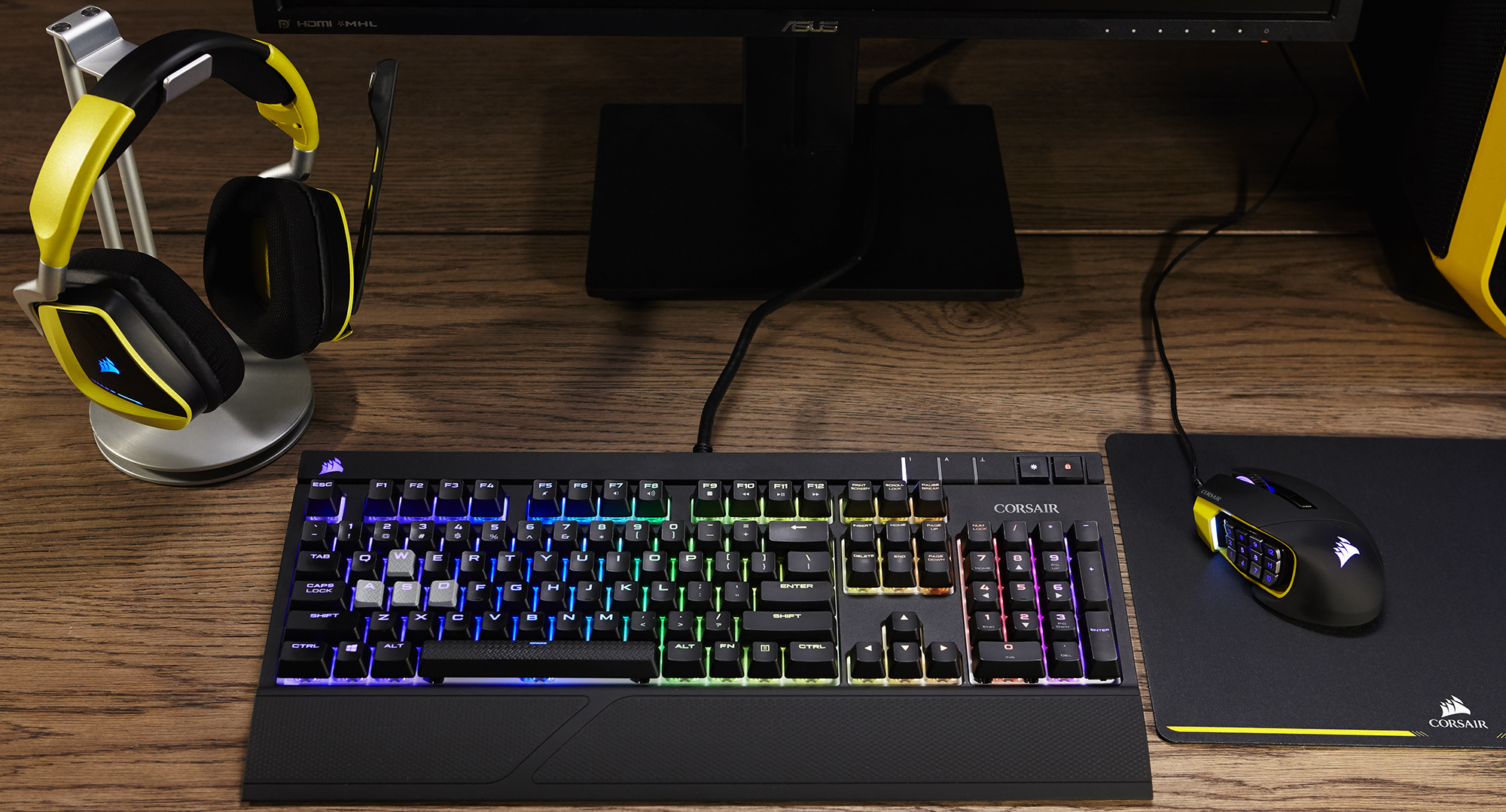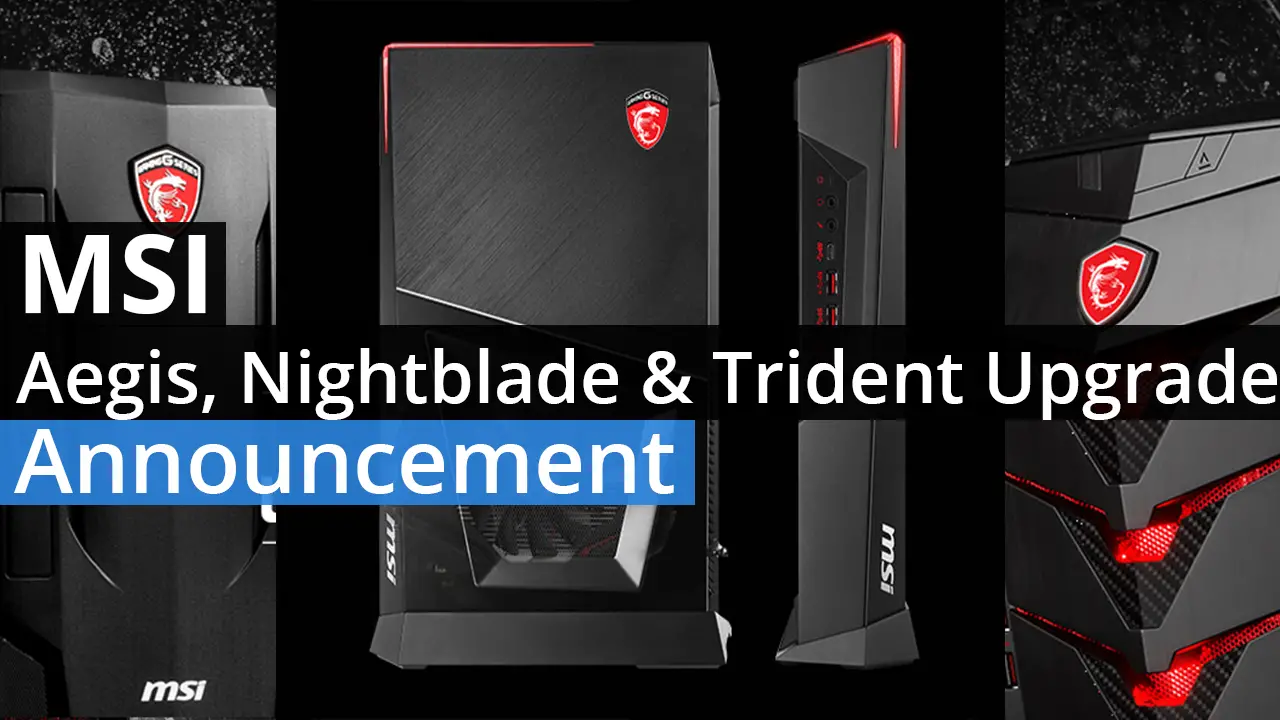
In typical ‘MPG’ fashion, the MSI MPG A1000GS 1000W (or MPG A1000GS as we are going to call it for brevity’s sake) comes housed in a rather good shipping container. Albeit one that, thanks to its reddish purple / magenta/fuchsia accents, is edging a bit out of the conservative end of the spectrum and more towards the… ‘fun’ end. Either way, this large cardboard box does exude a sense of competence as it is covered in information. Information delivered with both a show and tell methodology that will make it easy for a wide range of consumers to quickly ‘get’ what the A1000GS does, what it offers, and what its limitations are.

To be precise the front of the back proudly tells all, or at least those who know what they are looking at, that this is a PSU that is not only a (softball easy) “80 Plus” Gold certified (which these days a wish.com potatoe PSU could probably pass) PSU but it is Cybenetics Gold and ATX 3.1 certified unit. This is a much, much… much stricter certification that lets one know this should be (unless proven otherwise) an A-tier PSU… even if they have never used a MSI-branded power supply before. Yes. That certification is that legit and that big a deal.

Equally impressive is the back of the box not only goes over a breakdown of the wattage (there are really edge cases where one needs a ton of 5v… like for instance powering USB-C “PD compliant” 100w port or just a ton of USB 4.0 ports on the motherboard), but also the cables included and their lengths. As a reviewer, that does make our jobs easier as we do not have to manually measure them (though we still do to make sure the listed lengths are not “in error”, and thus we are happy to agree with their stated lengths). Furthermore, the lengths listed do not include the plugs/headers, so the length is the real-world useable length, not the unicorn and fairies’ theoretical lengths some like to cheat their stats with. Bluntly stated, this combination of information makes it a snap to decide if the included cables are “enough” for your build or not. Possibly even saving oneself a bill or so Canadian on ‘custom’ aftermarket extension cables in the process of going over their features (more on this in a moment).

Needless to say, this is a masterclass on how to do a product/info-dump right. As this is a box that will grab your attention, hold your attention… and somewhere along the way seamlessly sell you on it. Color us impressed.

The internal protection is also rather good. Consisting of a medium-density foam shell for the PSU and having the accessories separate (albeit only in a cloth bag), we sincerely doubt the A1000GS is not going to arrive alive. No matter if you are shipping it across town, country, or continent. It will get there in one piece. The only minor issue that we would like to see fixed is that the cables are all only in a cloth “accessory” bag. Yes. The internals of this shipping container have been configured so that said bad cannot move around inside the box… but they can get dinged via blunt force trauma. While unlikely, it would be rather annoying to find your (for example) 24-pin motherboard cable has had a pin snapped off while in transit.
To be fair, MSI is not the only one that does this instead of adding a secondary foam shell for the accessories. This foam + bag internal combination is the de facto standard of the day for “mainstream” priced PSUs. It just annoys us to no end that everyone decided to round this corner and cut back a bit on the couple of cents’ worth of foam. Thankfully, not all cables do not use cable capacitors to help reduce ripple. So, the only chance of damage to them (and your system if you do not notice the physical damage) is from blunt force damage to their headers happening. Which will most likely first manifest in the form of a large ‘hole’ in the thick cardboard shipping container. Thus, while it is a major pet peeve of ours, we can not really fault MSI too much for going with the flow and merely meeting ‘industry standards’.

Moving in. There are no accessories that accompany this PSU. This is a good thing. If you want door hangers, goo-gaws, or other similarly useless MSRP increase e-trash, this is not the PSU for you. Go buy something that has “Gamers” in its name instead… and expect to pay for the privilege of the branding on the side(s) of the PSU more than the quality of the internals (at a given price point).

One could, however, argue that the cables are the accessories… as they let one ‘accessorize’ their system. Yeah. No. That is pushing things a wee bit too far, and we will go over the cables in a second; however, we are disappointed to not see a 20-cent “PSU tester” included. Consisting of a simple plastic endcap with the proper jumper installed, such an accessory can come in handy when troubleshooting a Mr. Murphy Scenario… as it allows you to turn on the PSU without having to turn on the system. We have a veritable pile of them, they are simple to make with a paper clip and some electrical tape, and generally speaking, are not a deal-breaker missing accessory… but it should be included on a mainstream and enthusiast-grade PSU. Please take note, MSI and Do Better™ for the sake of your MPG series reputation.









